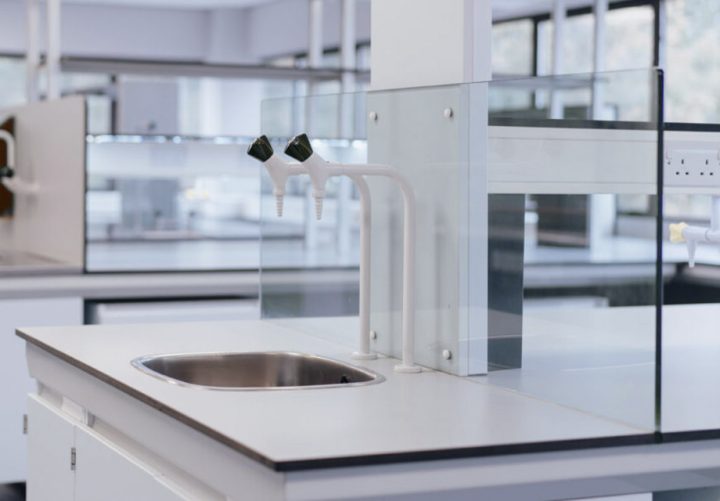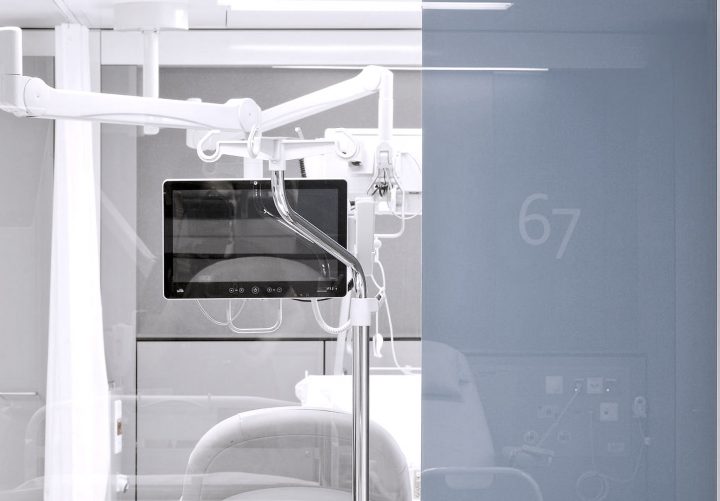 Decorative HPL plastics
Decorative HPL plastics
 Chemical-resistant HPL
Chemical-resistant HPL
 Cleanroom HPL panels
Cleanroom HPL panels
Laminate is a multicomponent material consisting of the layers of kraft paper. In the course of manufacturing process, the paper is impregnated with thermo-reactive phenol resins and pressed under pressure.
There are two methods of pressing: low-pressure and high-pressure.
Depending on the method, laminates are categorized as:
LPL has the thickness of up to 0.5 mm, and HPL more than 0.5 mm.
If the material has the outer layer with melamine-based décor, it is called decorative high-pressure laminate (DHPL).
HPL with the thickness of 2 mm or more is self-bearing. Unlike thin, rolled plastics, this material is board-shaped. The plastic of this type is called compact board or compact laminate.
Three-layer HPL board:
The overlay consists of transparent paper and serves to protect décor against external physical and chemical impact, thus increasing the board’s overall wear resistance.
An HPL board may have a decorative layer either on one or on both sides. The inner layer of a compact board is, as a rule, black or brown, but it can be made in other colors as well.
The range of our company’s products includes premium-class HPL boards with arctic white inner layer.
In terms of the purpose of use, compact laminates are categorized as:
An exterior HPL board differs from its interior counterpart by the existence of a protective layer which prevents the fading of décor under sunlight from the impact of ultraviolet. As a rule, UV stabilization of the façade board is available on one outer side only. The inner side of an HPL board has a different décor than the face side (usually of black color) to eliminate errors when installing ventilated HPL façade.
An interior HPL board does not have UV protection, and therefore, its price is lower.
 +38 (097) 903-07-07
+38 (097) 903-07-07